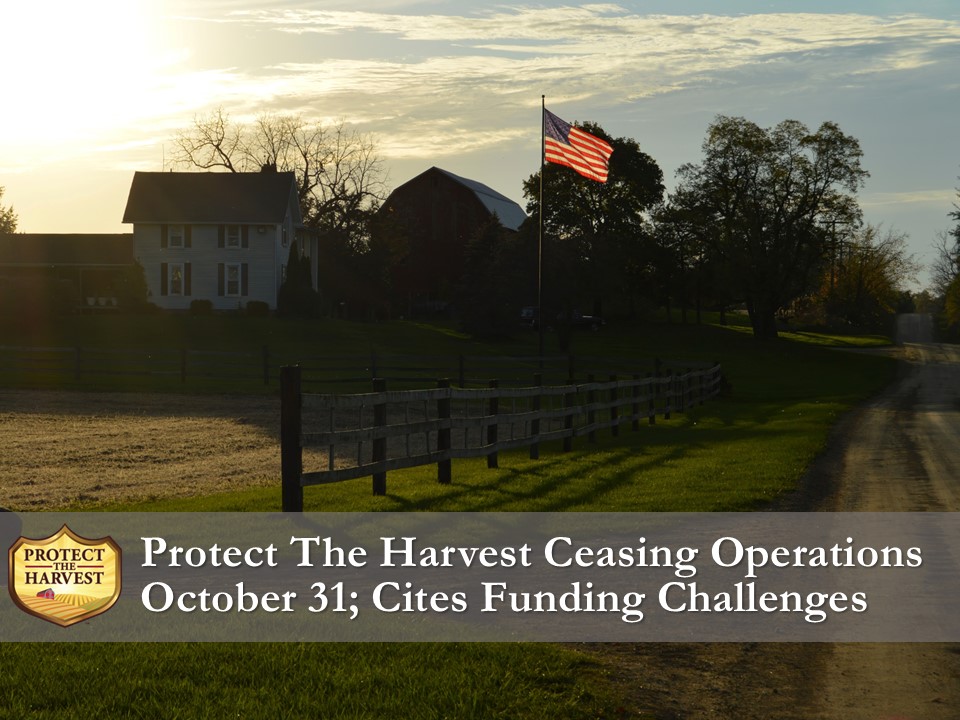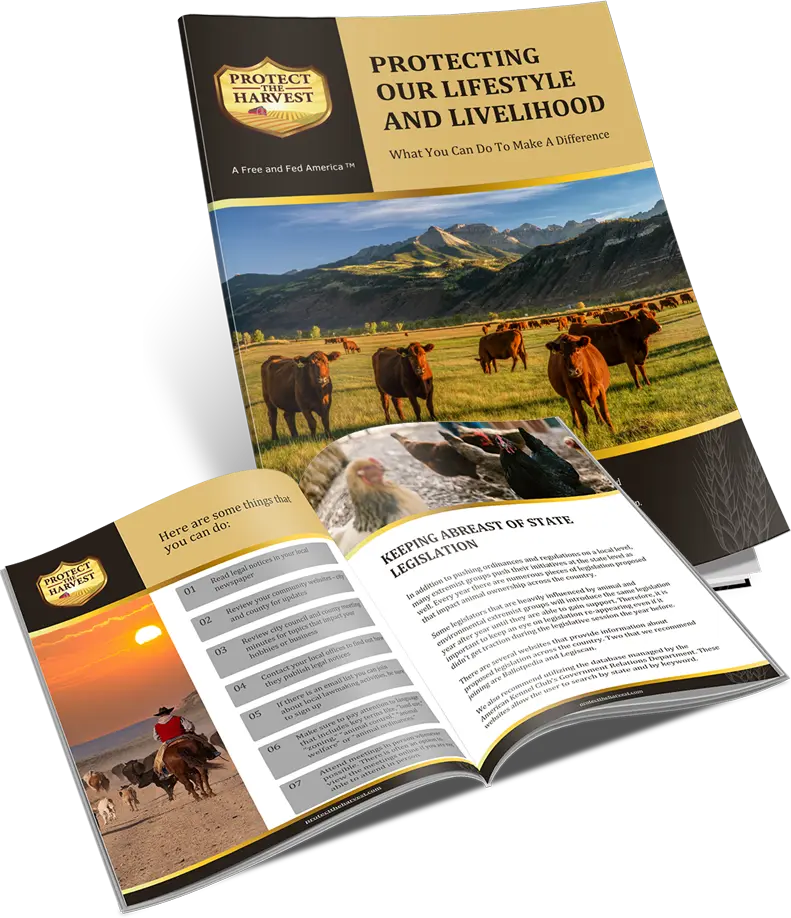The U.S. Department of Agriculture’s (USDA) Economic Research Service’s 2022 Household Food Security report sheds light on the persistent challenges faced by a significant portion of American households. As one navigates through the findings, it becomes evident that addressing food insecurity requires a multifaceted approach, with a crucial emphasis on greater empowerment of farmers and ranchers by reducing burdensome regulatory restrictions. By fostering a more favorable environment for agriculture we, as a nation, would enhance access to affordable food for children and families across America.
The Current Food Security Landscape
In 2022, 12.8 percent of U.S. households (17 million) experienced food insecurity at some point during the year. This represents a significant increase from previous years, underscoring the urgent need for effective actions to tackle this growing issue. The report’s detailed classification of those dealing with low and very low food security highlights the severity of conditions faced by vulnerable households, particularly those with children.
Restrictions Impact Agriculture and Productivity
To address the root causes of food insecurity, we need to examine the restrictions imposed on farmers and ranchers. Regulations and limitations on agricultural practices increase production costs, hinder production volume, and reduce access to affordable food. By reassessing and, where possible, eliminating these restrictions, we can create an atmosphere that fosters efficient, sustainable, and profitable farming practices.
Reducing and/or eliminating onerous restrictions on farmers and ranchers is essential for enhancing productivity and ensuring a stable food supply. When farmers face fewer obstacles, they are more likely to adopt innovative techniques, invest in modern technologies, and optimize their operations to meet the demands of an increasing population. Empowering farmers in this way not only benefits agricultural sustainability but also directly contributes to mitigating food insecurity.
Affordability as a Key Factor
One of the critical elements for ensuring food security is making food affordable for all. The USDA report reveals the typical food-secure household spent 15 percent more on food than their food-insecure counterpart families of the same size and composition. By empowering farmers and streamlining agricultural processes, we can work towards reducing the overall cost of food production and making nutritious meals more accessible to families, especially those in need. Reducing the regulatory burden currently shackling farmers and ranchers would be a major step in the right direction for reducing food prices at the consumer level.
Addressing Food Security Through Policy Reforms
Policy reforms aimed at reducing restrictions on farmers should be a focal point in addressing food insecurity. By engaging in open dialogues with agricultural stakeholders and policymakers, we can identify areas where regulations are hindering productivity without compromising safety standards. Strategic reforms that promote responsible farming practices while removing unnecessary barriers will be pivotal in ensuring a more resilient and accessible food supply chain.
As we delve into the complexities of food security in the U.S., it is clear that reducing restrictions on farmers and ranchers is a key strategy for ensuring better access to affordable food for children and families. By fostering an environment that encourages innovation, efficiency, and sustainability in agriculture, we can address the root causes of food insecurity. Policy reforms, stakeholder engagement, and a focus on local and sustainable practices will collectively contribute to building a more resilient and accessible food supply chain for the benefit of A Free and Fed America™.



